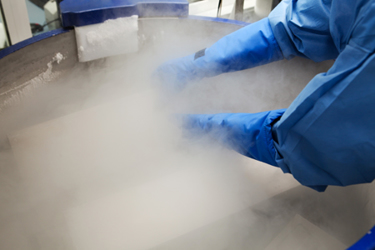Novel Cryopreservation For Cell And Gene Therapies
By Gamid Abatchev, X-Therma

The long incumbency of DMSO as a cryoprotectant in the advanced therapy space, despite its dangers, can be chalked up to a lack of long-ranging studies on its detrimental effects, as well as the rapid pace at which cell therapies requiring preservation have been developed. As the number of advanced therapies in the pipeline continues to increase, the burning need for safer cryoprotectants that can be used in manufacturing and larger quantities has begun to spur innovation. Though DMSO is an effective cryoprotectant, the extent of its toxicity and genotoxicity is still not fully understood, and finding alternatives that better protect human health will only serve to improve the safety profile of the drugs entering today’s market.
As “living treatments” continue to play an increasingly significant role in medicine, finding cryopreservation approaches that offer an alternative to toxic, suboptimal solvents is critical to improving their commercial and therapeutic potential. Non-toxic alternatives to DMSO have shown promise in the lab, particularly products that mimic the natural antifreeze proteins (AFPs) found in certain species dodging the effects of freezing temperatures.
Get unlimited access to:
Enter your credentials below to log in. Not yet a member of Cell & Gene? Subscribe today.
